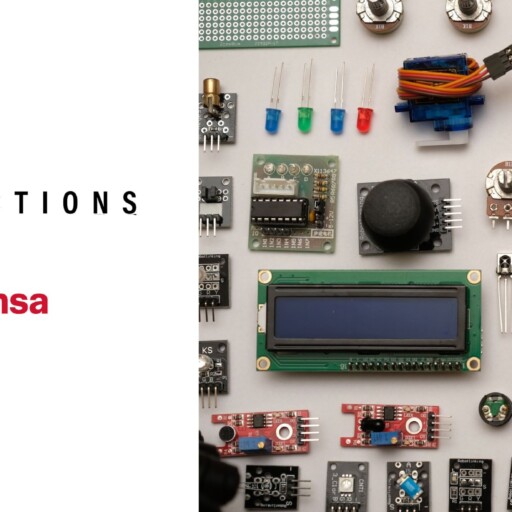Since the Czech play R.U.R. by Karel Čapek introduced the term “robot” for the first time in 1920, we haven’t stopped imagining these machines in anthropomorphic form, often as assistants at our service… or rebelling against us.
Robots populate factories around the world, performing mechanical tasks, but they do so as massive autonomous cranes and mechanical arms. We are still only scratching the surface of their potential to assist us almost as companions in the home or, who knows, in life.
In some places, efforts are already underway. In countries like Japan, which has the highest aging rate in the world, the government has invested $300 million over the past decade to promote the purchase of robots in nursing homes and elderly care centers. However, a 2018 analysis concluded that while robots made mechanical tasks easier, they often created more work for human caregivers and resulted in lower happiness indicators among those being cared for.
This hasn’t stopped several startups in recent years from trying to cross that boundary to build truly useful robots with certain capabilities that resemble the machines we imagine we could empathize with and that we see in movies. Here are four of these companies that are attempting to walk that path.
Agility Robotics: The first human-centered robot
If we want robots to operate in our environments as smoothly as possible, perhaps they need to be designed on a human scale.
That’s what Oregon-based Agility Robotics aims to achieve with Digit, which they call “the first human-centered, multi-purpose robot for logistics work”.
It is roughly the same size as a person: it’s designed to work alongside humans, accompany us, and operate within our workflows, but it can carry much heavier loads and extend its “arms” to reach shelves that would require us to use ladders.
Boston Dynamics: The most well-known robotic dog
Probably the most famous company in modern robotics due to its spectacular videos, although its lack of a business model has led it to pass through several owners and investors, including Google and currently Hyundai.
Spun out from MIT, Boston Dynamics is famous for creating robots with incredibly advanced mobility. Their model Spot, a quadrupedal robot shaped like a dog, has been designed for a multitude of industrial applications.
Another of their standout robots, Atlas, is a bipedal humanoid capable of performing complex tasks and advanced acrobatics, demonstrating impressive agility and balance. These robots are intended to transform sectors like construction, security, conflict zones, and logistics, but as we mentioned, they still need to find a commercial fit.
Apptronik: Robots with built-in updates
What’s more useful: multiple robots that can perform a single task repeatedly, or a robot that can perform multiple tasks and learn to do even more? For Apptronik, a startup that emerged from the robotics lab at the University of Texas, the answer is obvious. They are building “general-purpose” bipedal humanoid robots like Apollo, which can be programmed to perform a wide range of tasks, from carrying boxes in a factory to assisting with household chores. And because it can run third-party software, Apollo will always be just one update away from new functionalities.
Field AI: The brain of every machine
Some robots don’t just need large “bodies”; they also need large brains. That’s what Field AI aims to achieve, a company based in Southern California that doesn’t build robots but their brains. Instead of focusing on the hardware of these machines, Field AI is developing AI software for robots from other companies, enabling them to perceive their surroundings, navigate without GPS (on land, in water, or in the air), and even communicate with each other.
While technology has advanced significantly, we still have much to discover. The future promises to be a fertile ground where these machines will become an integral part of our daily lives, revolutionizing the way we work, live, and coexist with them. How will robotization affect work? And what about some of the major challenges we face, such as an aging population? These are questions we will answer as we continue to dream of electric sheep.




